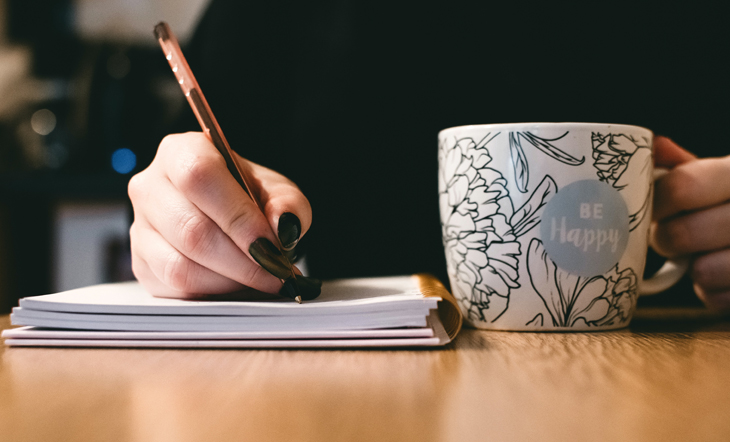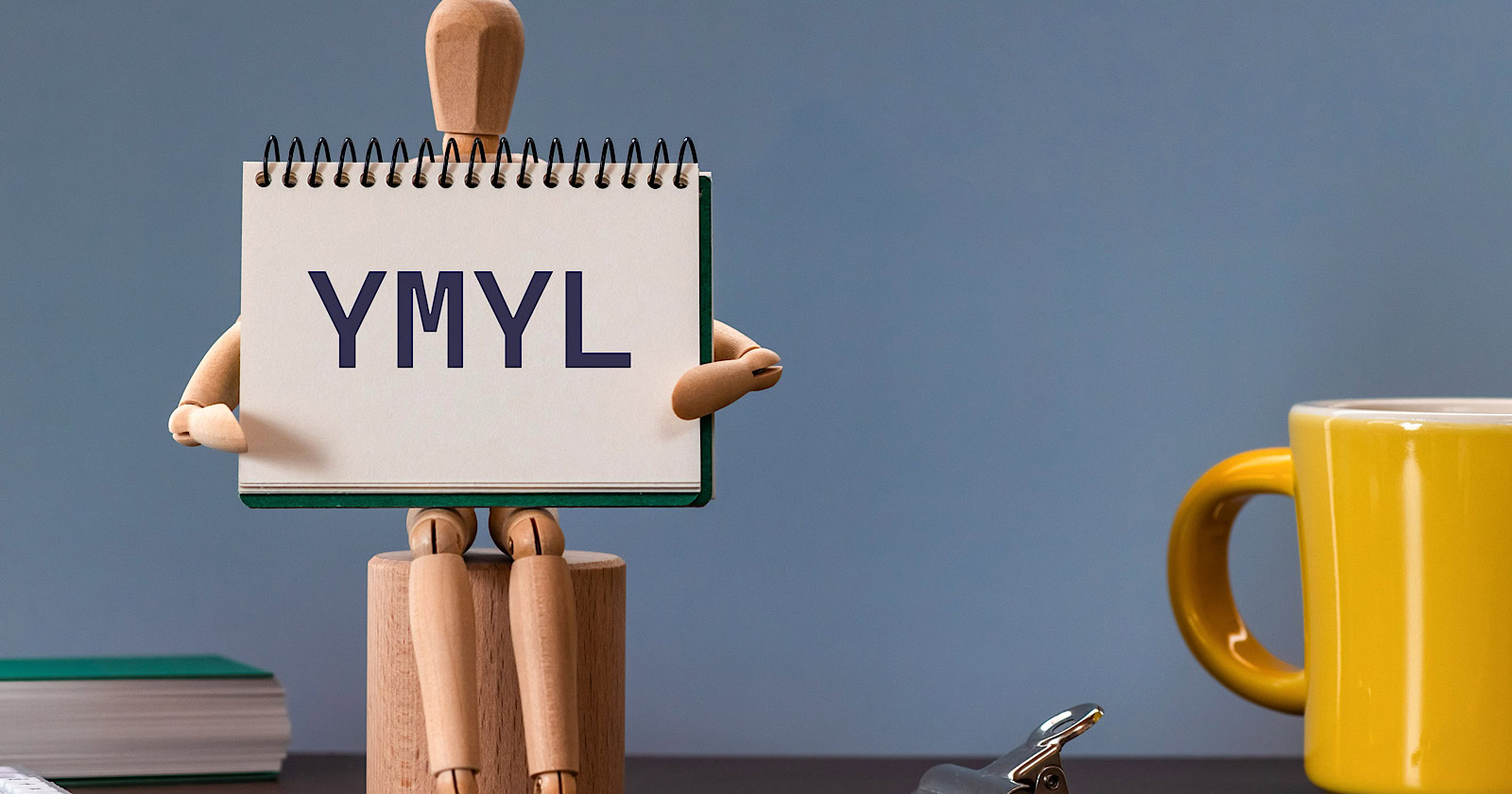18 Excellent Yoga Tips for Beginners
Starting yoga can seem like a daunting task, and the challenges that face beginners can be overwhelming. How do you begin an exercise practice when you’re out of shape and you’re not sure if you have the time to...


Starting yoga can seem like a daunting task, and the challenges that face beginners can be overwhelming. How do you begin an exercise practice when you’re out of shape and you’re not sure if you have the time to commit to a daily routine? The good news is that there are many ways that you can make your yoga practice work for you, even if you only have a few minutes each day to dedicate to it. We want you to be successful from the start, that’s why we’ve gathered our best tips for yoga beginners!
Beginner Yoga Tips
The fact that you’re interested in starting a yoga class is a step in the right direction. There are many ways that you can make your yoga practice work for you, even if you only have a few minutes each day to dedicate to it. Use these yoga beginner tips as a jumping-off point to get started. You do not need to use all of them—allow your yoga practice to naturally grow and develop over time.
Find a quality teacherAn experienced yoga instructor can provide a great deal of insight and guidance as you practice. A qualified yoga teacher can answer your questions during your class, as well as help you achieve the proper posture for each pose with individualized cues and hands-on adjustments. A great teacher should be knowledgeable yet kind, friendly, and compassionate.Learn some poses ahead of time
Many of the asanas or poses can feel complicated, especially at first. Luckily, you can spend some time before your first class getting accustomed to the poses that you can expect to perform, such as Mountain pose, Child, Warrior 1, Sun Salutations, and so on. By learning a few of these beginner poses, you’ll feel more confident and ready to take part in your class.Wear comfortable clothing
The right clothes can make a world of difference in class. Ideally, you’ll want to select a supportive top and yoga pants made from breathable materials with moisture-wicking features. For cooler weather, you may want to invest in thermal athletic gear you can easily layer to stay warm.
 Use a clean non-slip mat
Use a clean non-slip matA yoga mat allows you to work through your routine without worrying about slipping in the poses. It also provides padding for your joints, especially your wrists and knees. Make sure you choose a mat with enough stickiness or grip to hold your hands and feet in place. Also, clean your mat regularly to maintain its traction and prevent unpleasant smells.Modify for your body and needs
Particularly at the beginning, it will be difficult to accomplish every pose covered in your class. If you find that you’re having trouble, your instructor can help you find ways to make it easier on your body. Don’t be afraid to use blocks, straps, or blankets to make the practice easier for your body.Begin where you are
Yoga is a transformative journey meant to lead you towards some type of goal, whether that goal is less stress, better health, or inner peace. Knowing where you are can help you know where to begin and take your first steps towards your goal. Consider reaching out to a local studio for recommendations and guidance for your level of experience and fitness.Avoid making comparisons
Because yoga is your own journey, there is no point in checking out someone else’s progress for the sake of comparing and judging yourself to them. You can draw motivation, appreciation, and inspiration from their bodies’ capabilities; however, don’t beat yourself up if you aren’t at that point yet. Regular practice will help you get there.Go slow
Don’t rush yourself through each pose or the class. Yoga is purposeful, mindful, and fluid. By moving slowly, you can continue to make sustainable progress as you practice. Also, it can help prevent injury, boost your mindfulness, and improve your overall concentration.Focus on your foundation
Much like the foundation of a building, your hands and feet form the foundation of your body. Your body depends on having a strong and steady foundation to properly hold the poses. Pay attention to the way your hands and feet are positioned and spread your fingertips and toes to build a firm base of support.Stay hydrated
Hydration is crucial, regardless of the form of exercise you’ve chosen. While it isn’t recommended to drink during yoga, there are some ways that you can stay hydrated throughout your practice. About an hour before class, for instance, start sipping a 16-ounce bottle of water. Drink another 20 ounces after you’ve finished your yoga class to replace fluids.Remove distractions
Worries, to-do lists, and smartphone notifications all need to be set aside for a successful session. Write down your to-do list before your practice and turn your phone off. Shift your focus away from worries and instead focus on your breath, body, and intentions while practicing.Set an intention
Setting intentions for your yoga classes can help you feel motivated to work towards your goals. An intention is a purpose for your practice, which can change for each session if you prefer. Your intention is a tool to focus your mind away from thoughts and distractions, towards feelings of peace, kindness, acceptance, or whatever else you feel is needed in your life.Breathe
The flow of your breath is essential in yoga classes. By breathing slowly and deeply throughout your regular routine, you increase circulation and reduce stress while stimulating your mind and body. Yogic breathing helps reduce the risk of injury, allowing your body to relax as it moves through different poses.Eat mindfully
Be mindful of your eating habits, particularly if you prefer to eat before your yoga class. If you’re hungry, a light snack can help you fuel up for your class. Many people prefer to snack on small portions of almonds, fiber-packed fruits, or sports bars. Avoid greasy or garlicky foods before your class. Try not to eat anything 2-3 hours before class otherwise you’ll feel some discomfort in poses that put pressure on your belly.Respect your body’s limits
Discovering and knowing your physical and mental limits is vital to succeeding in yoga. Listen to your body as you stretch, move, and breathe. If you have trouble breathing or experience pain, adjust the pose until you can do it without struggling. Also, keep in mind that some poses shouldn’t be attempted for those with certain conditions, such as injury, pregnancy, and chronic illness.Cultivate a sense of humor
Having a healthy sense of humor can help you navigate moments when you feel uncomfortable, awkward, or even embarrassed trying out new yoga poses. Keep in mind that there is no pressure to be perfect as you move through different postures. In fact, smiling and internally laughing during yoga classes can help you remain relaxed and calm which will encourage success and prevent unnecessary suffering.Savor Shavasana
Shavasana, the final relaxation pose, might be the most difficult posture in the class. Many of us are accustomed to being constantly active and busy, and lying still with our thoughts and feelings, can be a challenging experience. Practice shifting your attention to the sensations of your body relaxing and consciously work on releasing stress and tension during the pose.Maintain a regular yoga practice
Frequent short practices will be more effective than fewer longer ones. Just a few poses for 15-30 minutes a day can have a very beneficial impact on your physical, emotional, and mental well-being. You can achieve much more benefits from a daily discipline, and you will also boost your learning and mastery of the practice.
In conclusion
Now that you have a good idea of where to begin, yoga can now become a part of your life. It’s a wonderful way to increase flexibility and strength, reduce stress, and become more balanced in all aspects of your life. Like any exercise, some challenges come with practicing yoga that can prevent beginners from getting into the groove of things. Hopefully, this list of suggestions and tips will help you ease into the routine and boost your success no matter what style of yoga you pursue. For further help with getting started, check out our extensive Yoga for Beginners section!
About Timothy Burgin
Timothy Burgin is a Kripalu & Pranakriya trained yoga instructor living and teaching in Asheville, NC. Timothy has studied and taught many styles of yoga and has completed a 500-hour Advanced Pranakriya Yoga training. Timothy has been serving as the Executive Director of YogaBasics.com since 2000. He has authored two yoga books and has written over 500 articles on the practice and philosophy of yoga. Timothy is also the creator of Japa Mala Beads and has been designing and importing mala beads since 2004.
Disclosure: YogaBasics.com participates in several affiliate programs. As an Amazon Associate, we earn from qualifying purchases. When you click on external links, we may receive a small commission, which helps us keep the lights on.

 Lynk
Lynk 





























